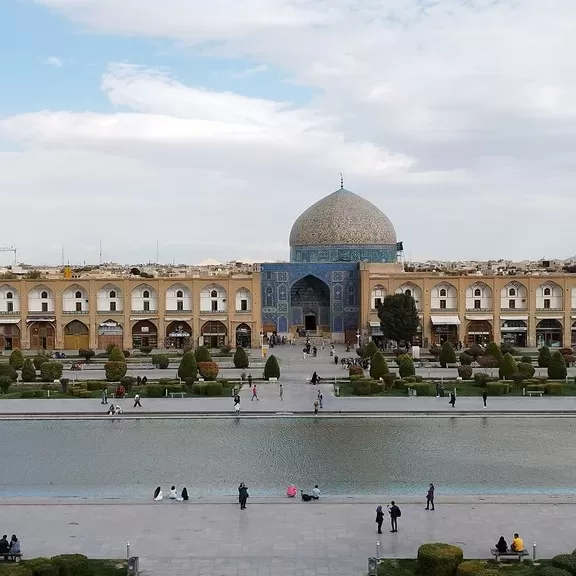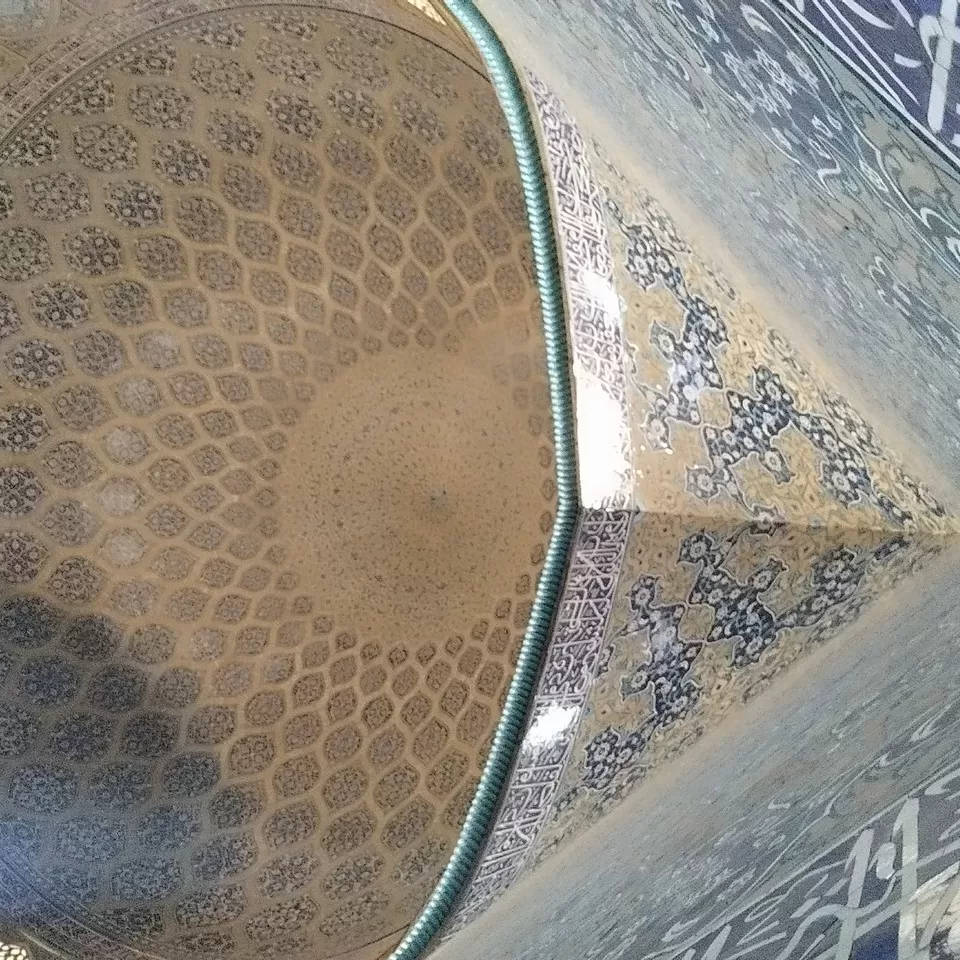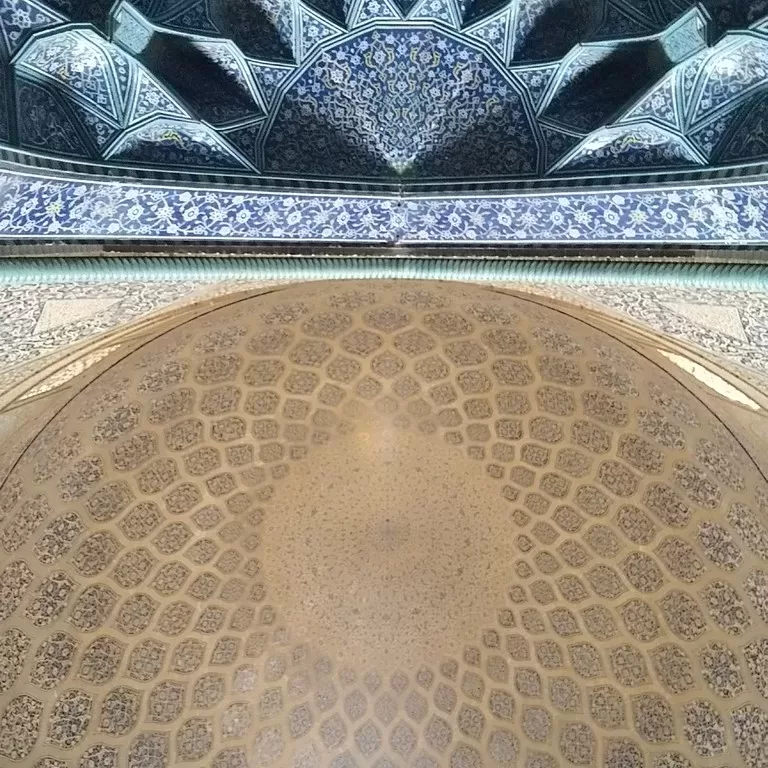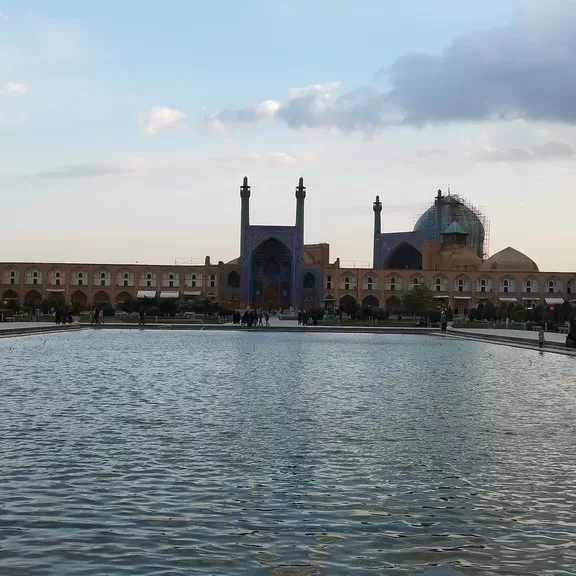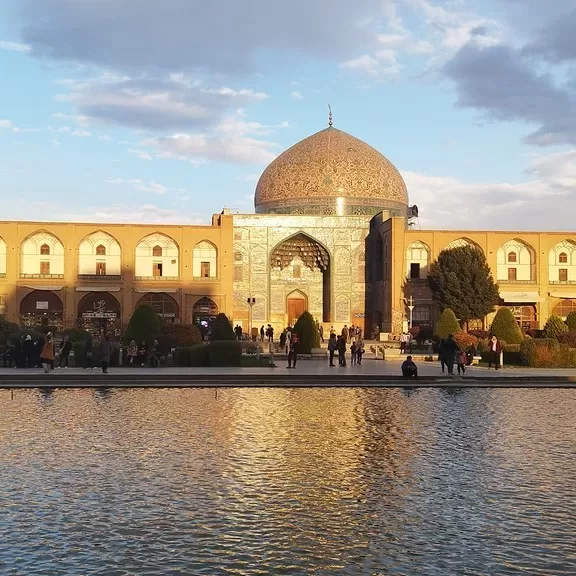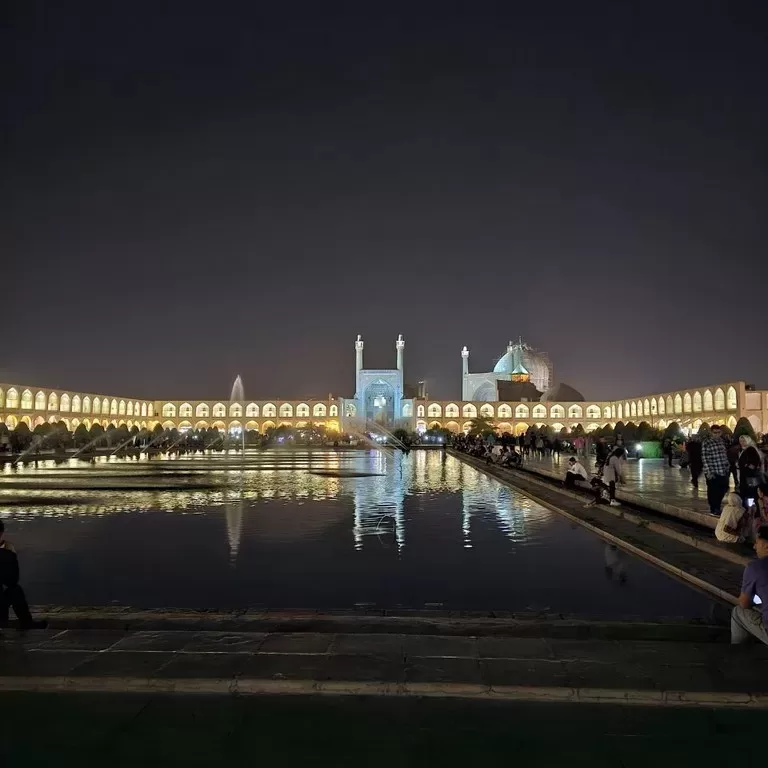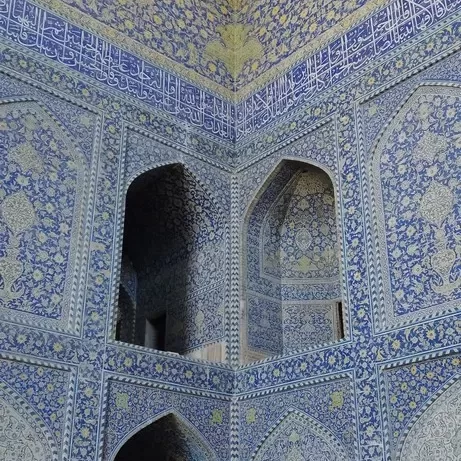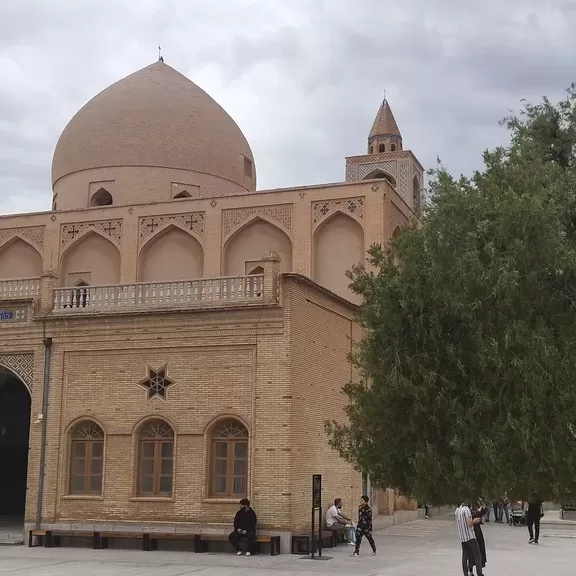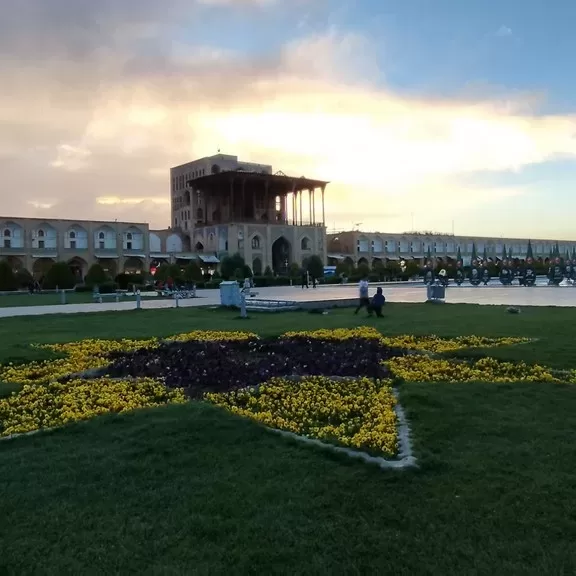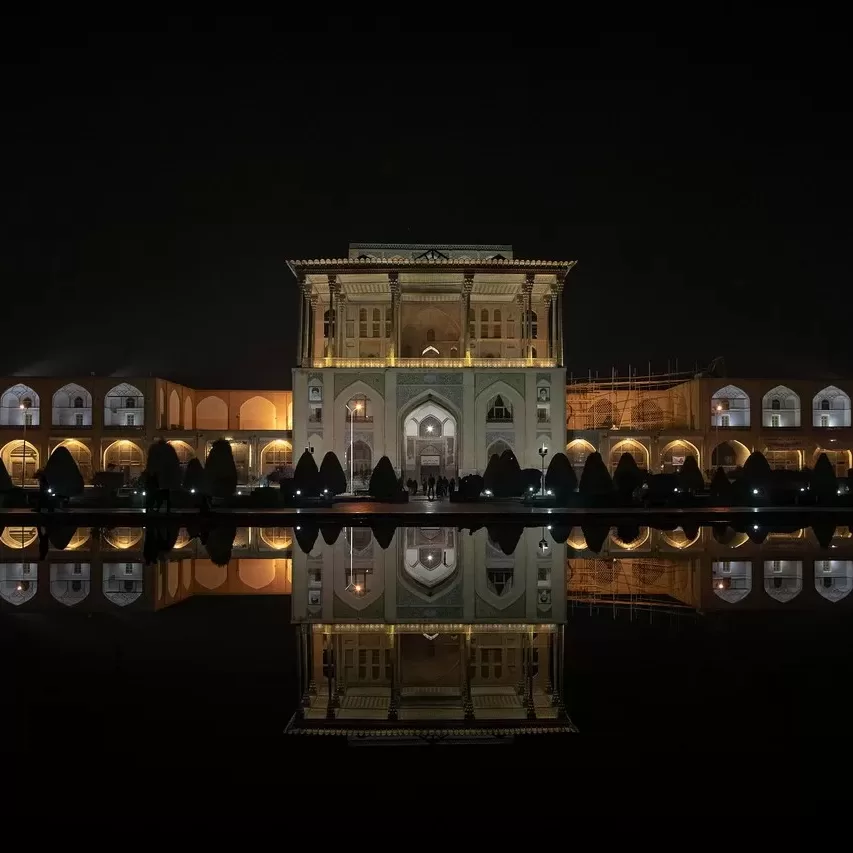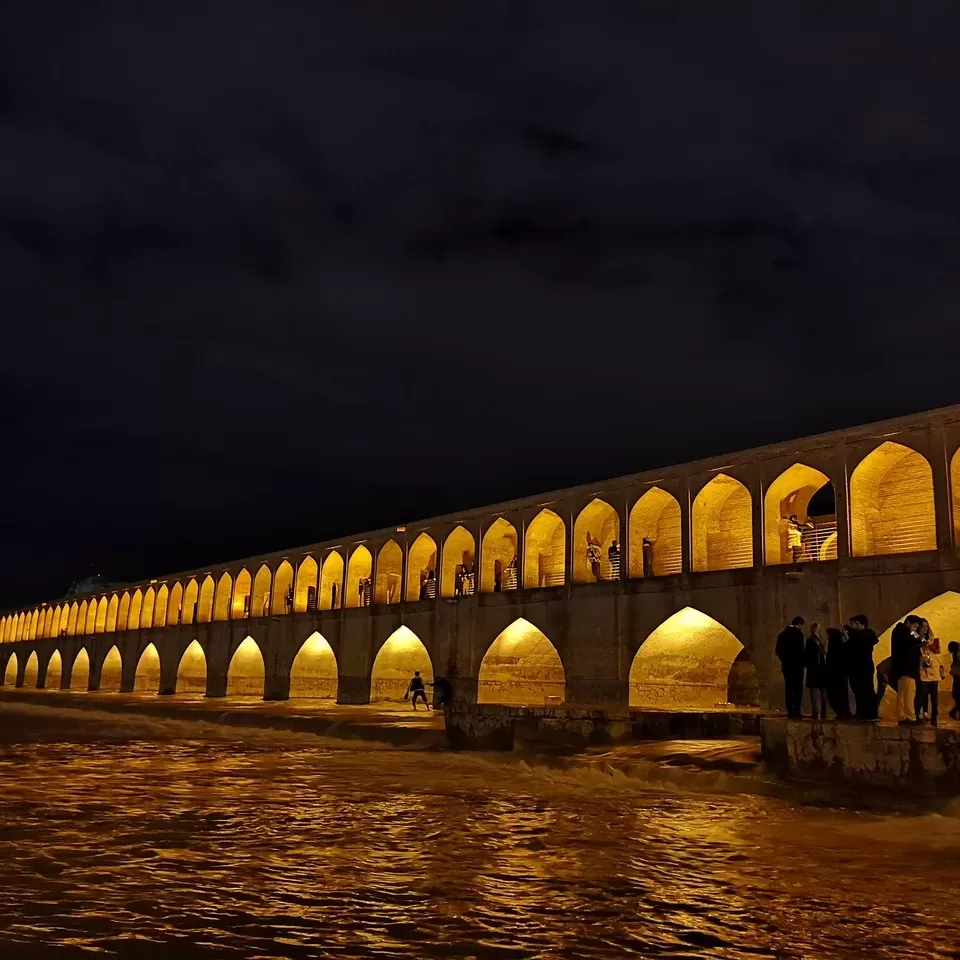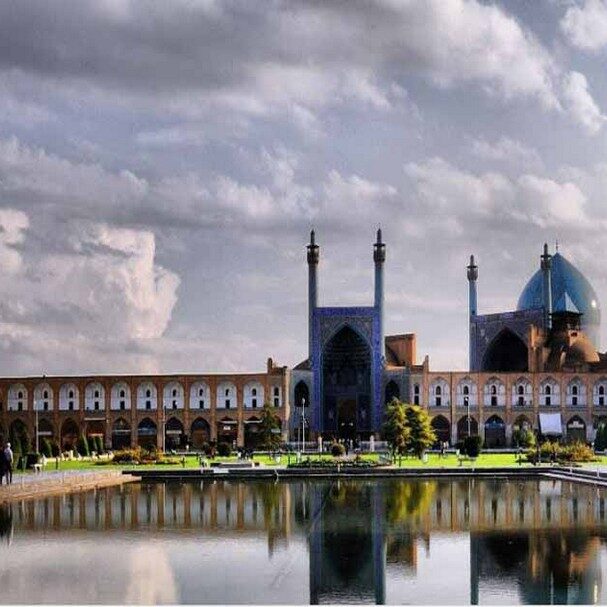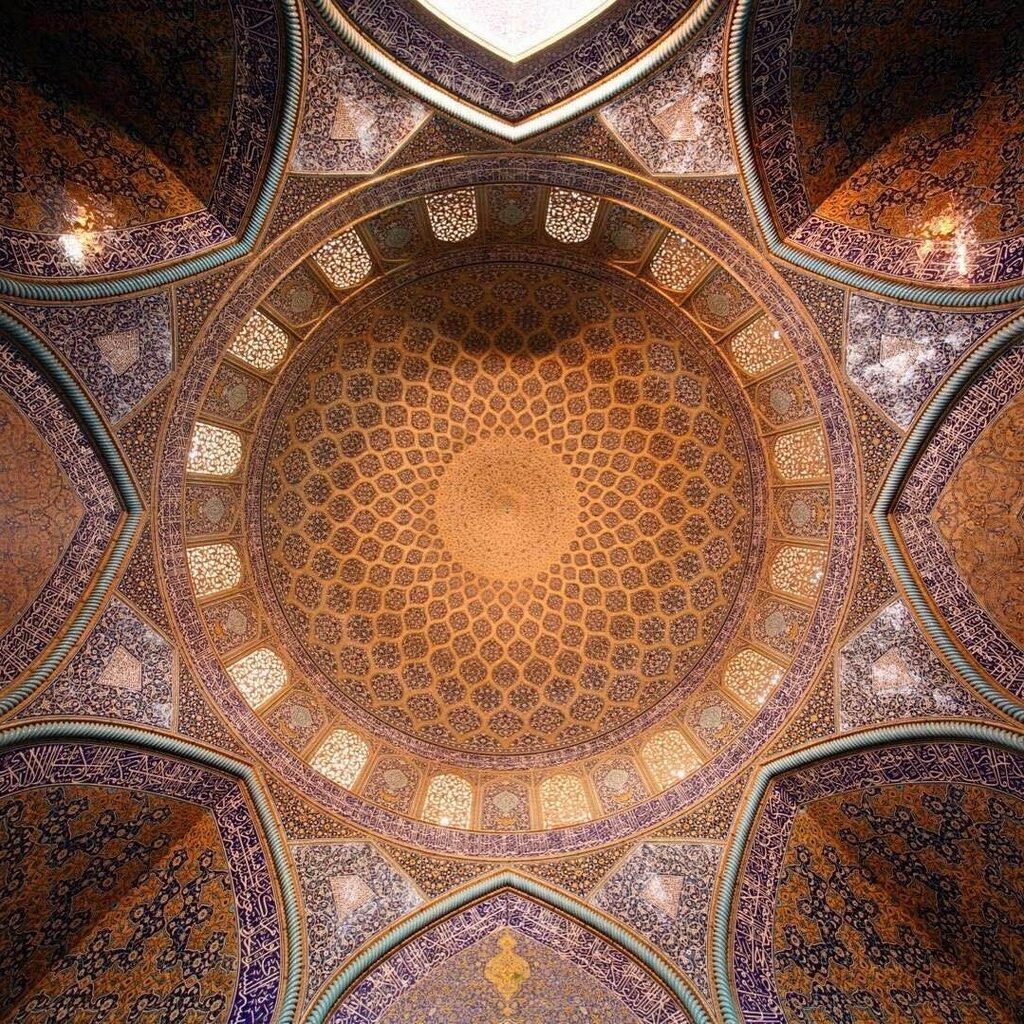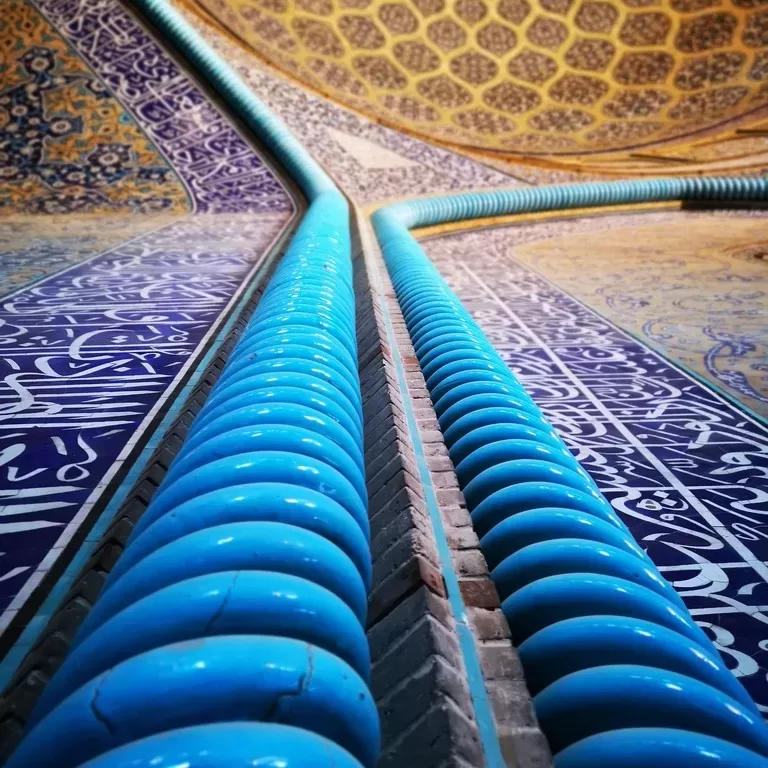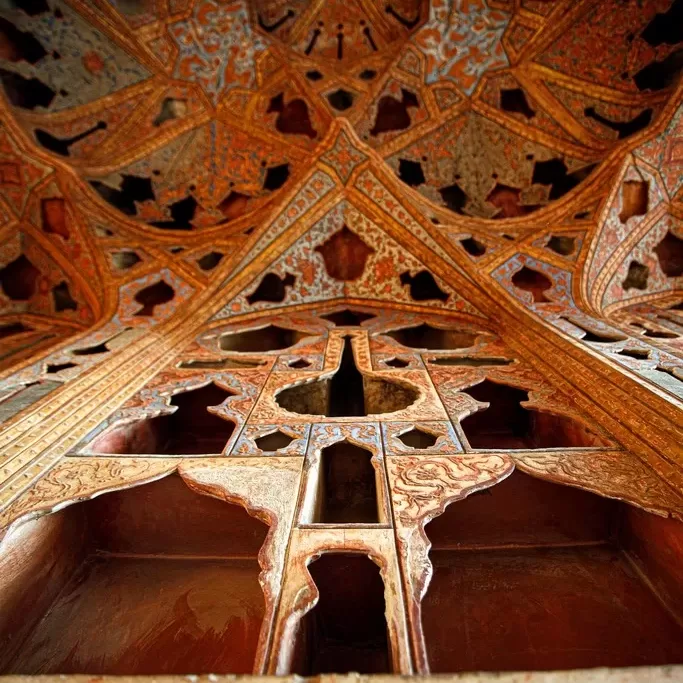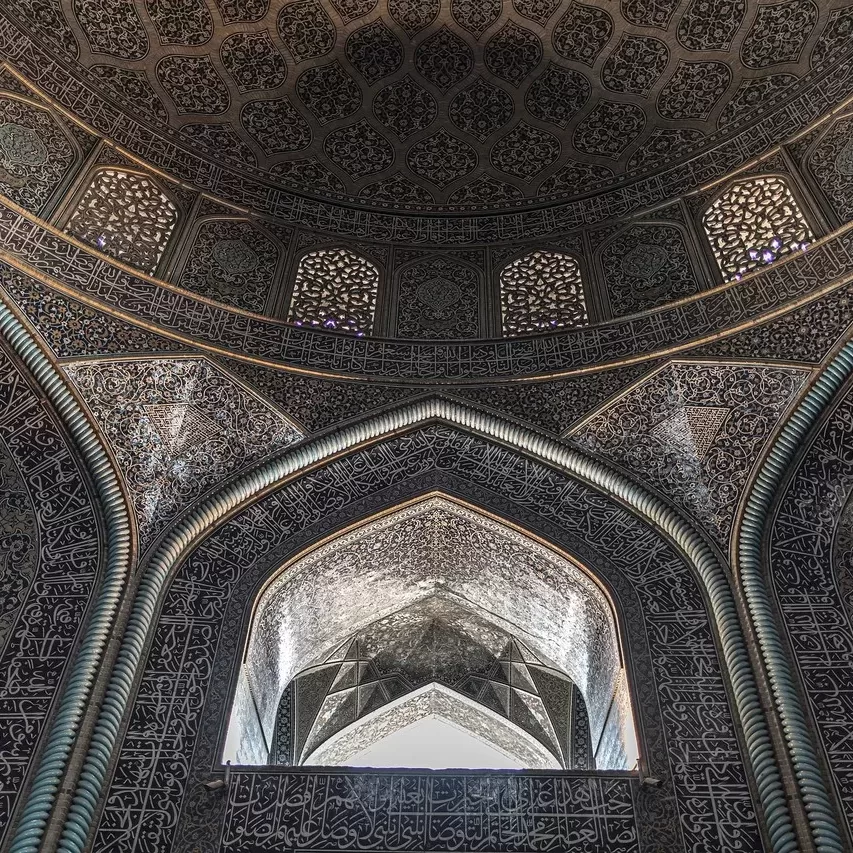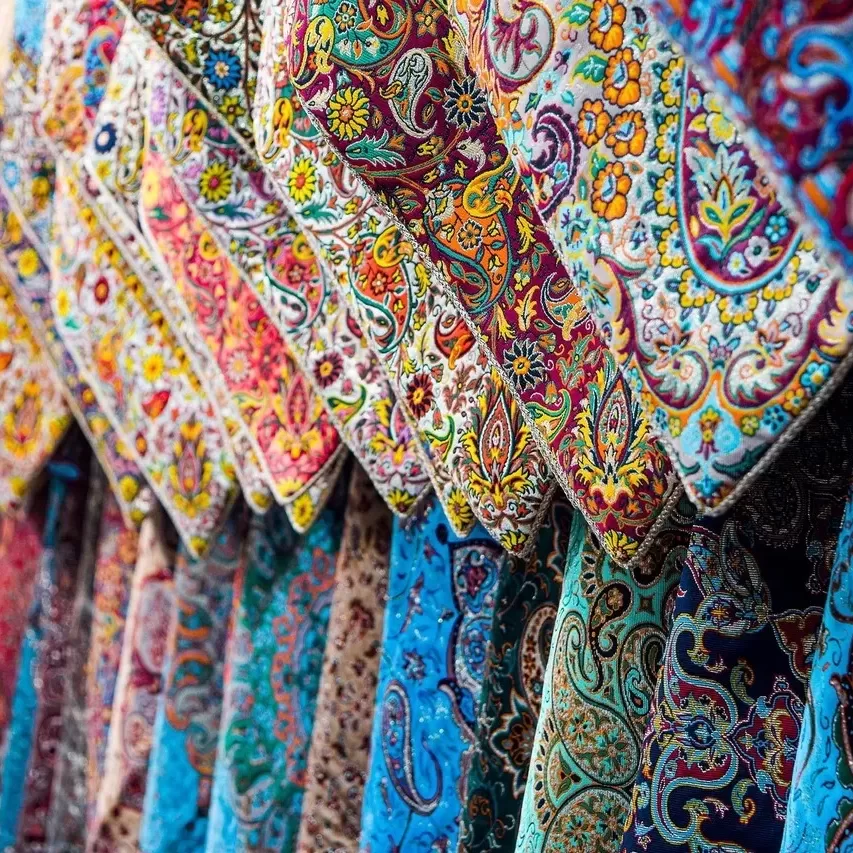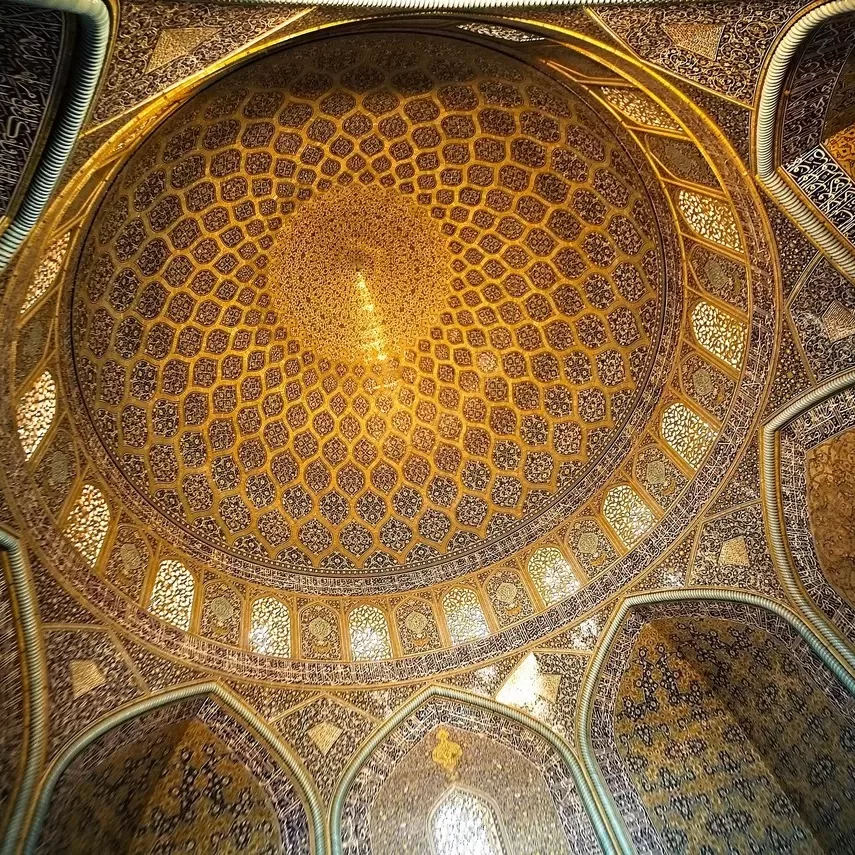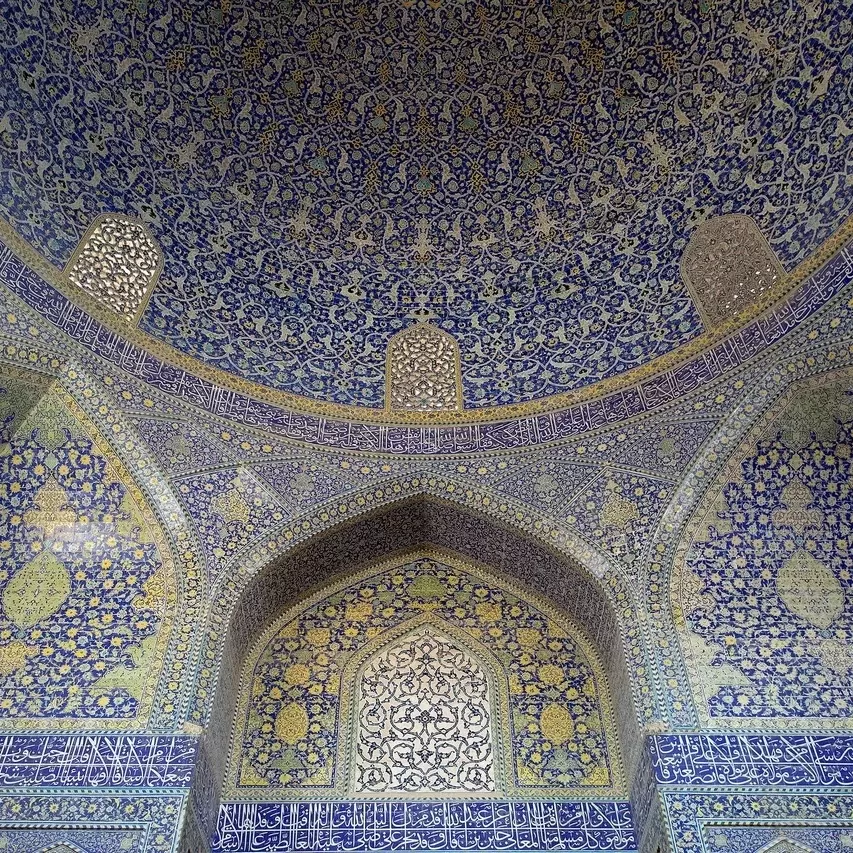Isfahan is located towards the center of Iran and has been a cross road connecting south, north, east and west. The city originally was called Aspadana meaning ” place of gathering for the army”, based on Ptolemy (Geographia 6.4.4). Like every other ancient city, we aren’t sure when exactly this city was built but the city undoubtedly existed before 430 C.E. when it was the seat of a Christian bishopric.
The city is formed around Zayande Rood or life giving river which is like a vein for this city. Because of its land, wealth, and favorable geographical site, it attracted Muslims attention. This city was praised by Arab geographers and they called it paradise or even the second Baghdad.
It was at the time of Seljuks that Isfahan was made the capital based on its geopolitical condition. Isfahan lost its role after the disintegration and destruction of Seljuks. The city was in decline up until the next few centuries when Abbas I decided to move their capital to Isfahan at the end of 16th century.
It was around this time that Armenians came to Isfahan and had their community there. Some of the best artists and artisans where Armeninans whom helped the city to flourish to the extent that it rivaled the greatest cities of the world.
Many monuments like 33 arch bridge, Khaju Bridge and Naghshe Jahan square with its UNESCO World Heritage Sites where built. Advancement and progress in this city was to the extent that it was called the second renaissance.
Industries
Later on in the 1920s, with the state support, first phase of industrialization started in Isfahan which was centered on textile industry. Up until 1960s it was almost the only area of industrialization in Isfahan. The second phase was steel industry which was constructed with Soviet assistance.
Because of these industries along with an oil refinery, sugar refinery, and other consumption industries, Isfahan became the second industrial outpost in Iran.
Handicrafts
Right now Isfahan is a major center for traditional crafts in Iran. These crafts include textiles, carpets, miniature, inlay works and so on. You can find lots of workshops around the city that are producing these handicrafts.
Wildlife
Isfahan has a rich wildlife around it. In the protected zones around Isfahan, you can see Ibex, wild goats and deer. Besides these protected zones, on the plains you can find Foxes, Jackals, Wolves and Rabbits. Unfortunately because of hunters, you can not find Bears, Leopards, Boars and Onagers anymore.


